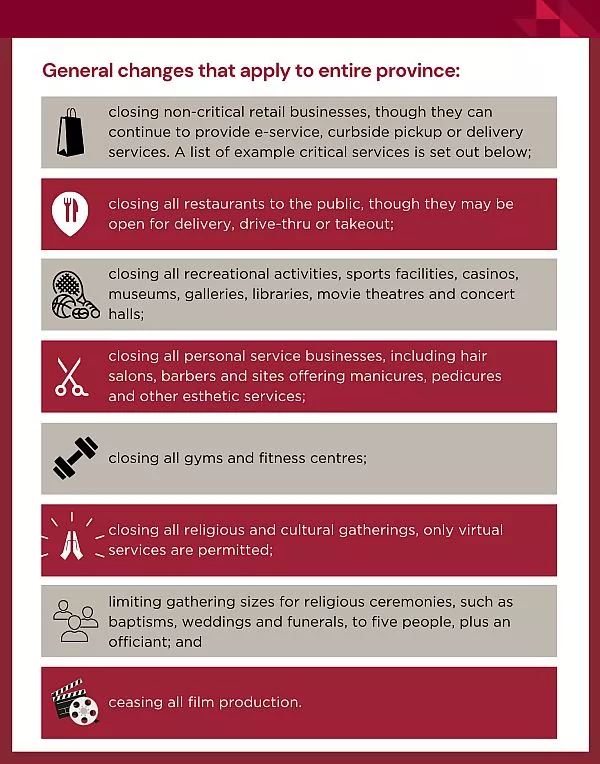The National Environmental Standards for Plantation Forestry (NES) came into force on 1 May 2018, with the aim to protect against environmental concerns around forestry, improve the productivity of the sector and create consistency in management and compliance requirements nation-wide. The motivation behind the NES stems from past difficulties created by differences in planning rules implemented by regional councils and territorial authorities (City and District councils), especially in forestry blocks that span multiple council boundaries.
In general terms the NES prescribes a set of standards which, if adhered to, permit a range of forestry related activities. The activities covered by the NES include:
- Afforestation,
- Pruning and thinning to waste,
- Earthworks,
- River crossing,
- Forest quarrying,
- Harvesting,
- Mechanical land preparation,
- Replanting.
Although the NES gathers most relevant considerations in one place, in some instances national instruments (e.g. those addressing water management), and/or Regional and District Plans will still be applicable (e.g. in relation to protecting outstanding or significant natural features and landscapes, or other unique environments like geothermal areas).
The NES creates a zoning system called the Erosion Susceptibility Classification (ESC) categorising areas into green, yellow, orange, or red status, depending on the erosion risk of carrying out forestry activities in those areas. Different rules or standards apply to activities within each ESC zoning.
The NES contains specific standards in relation to each activity it contemplates. The standards generally address environmental impact, risk management, actions to avoid, and assessments of risk in relation to erosion, wilding trees and fish spawning. Where these specific standards cannot be met, resource consent will be required.
The content of this article is intended to provide a general guide to the subject matter. Specialist advice should be sought about your specific circumstances.

